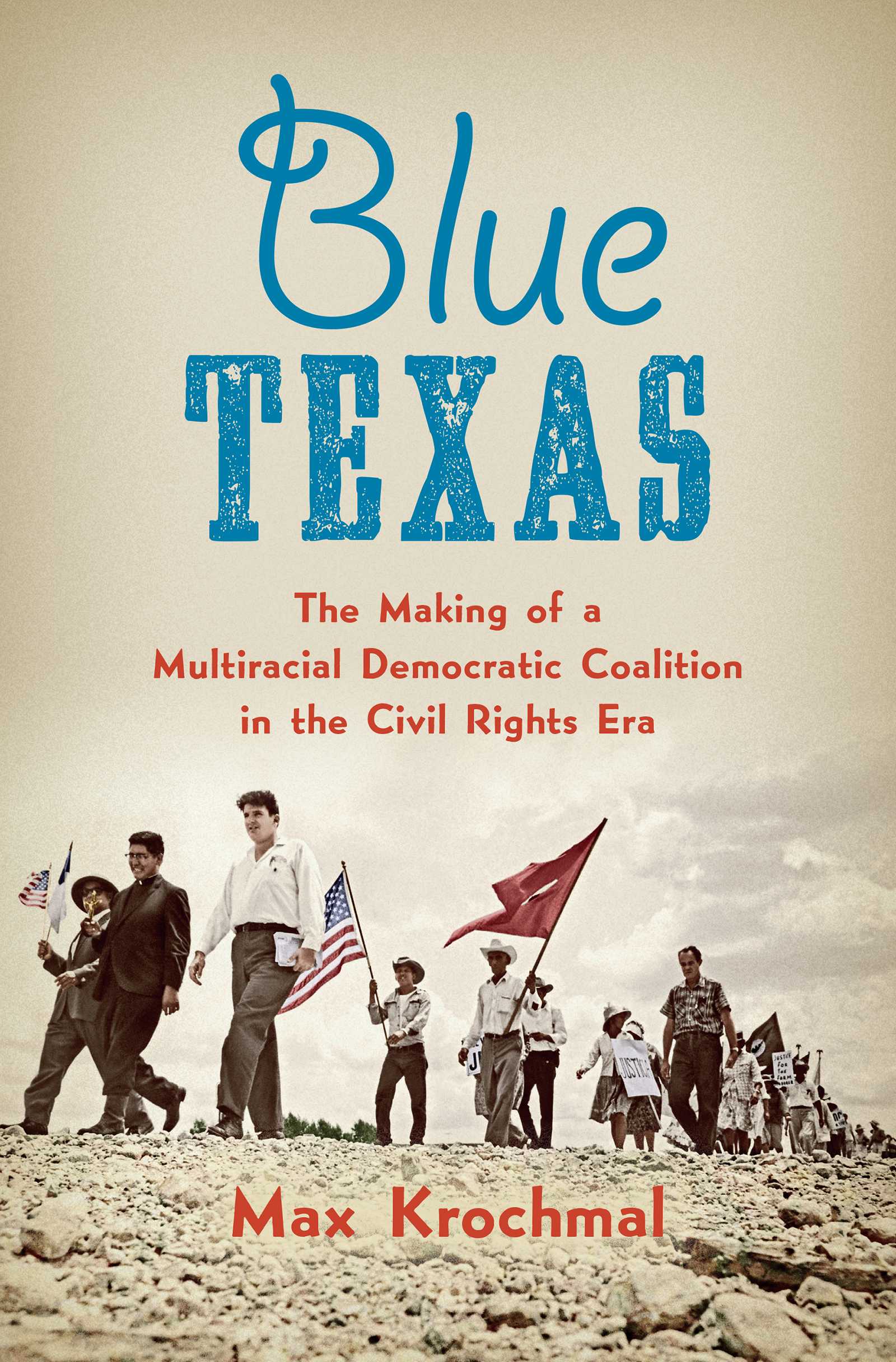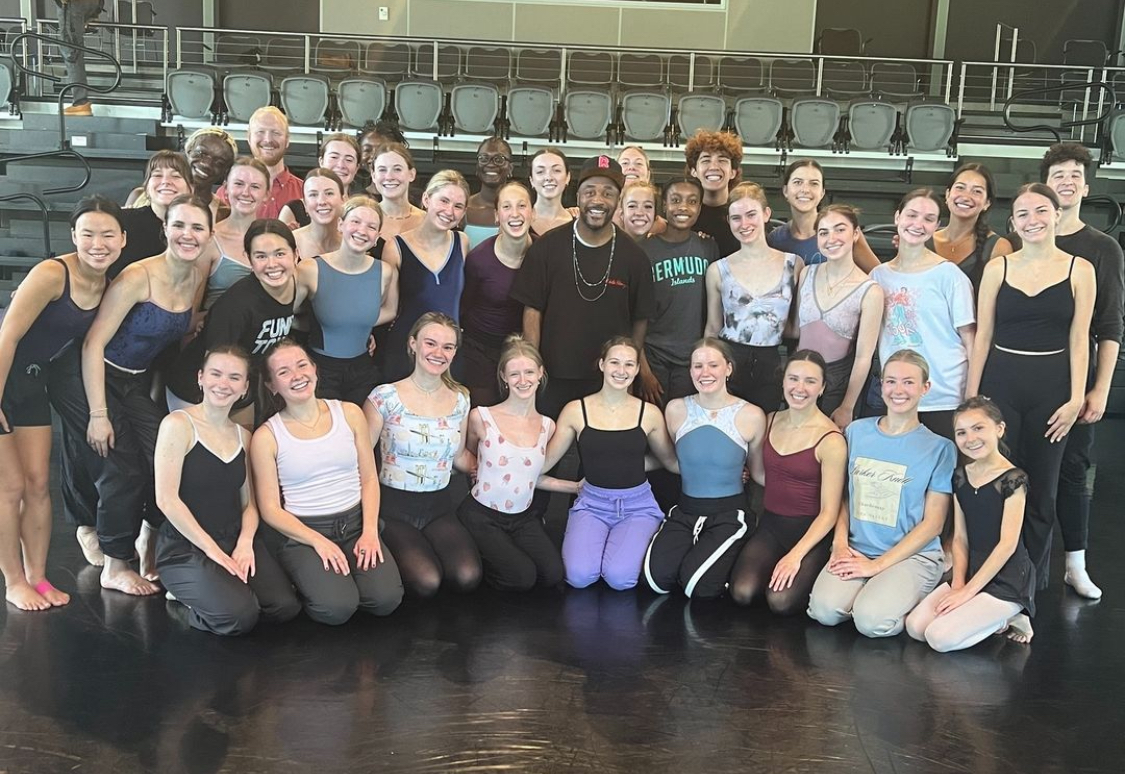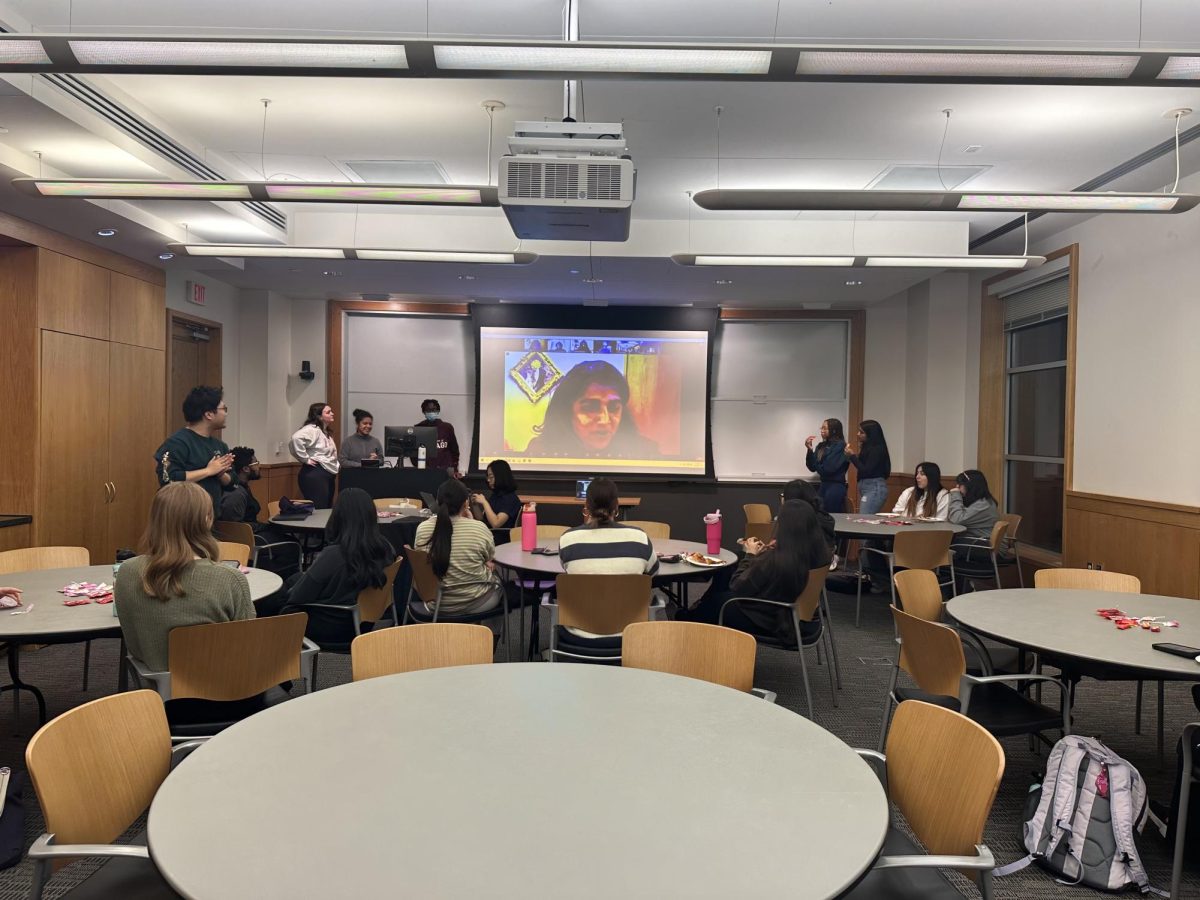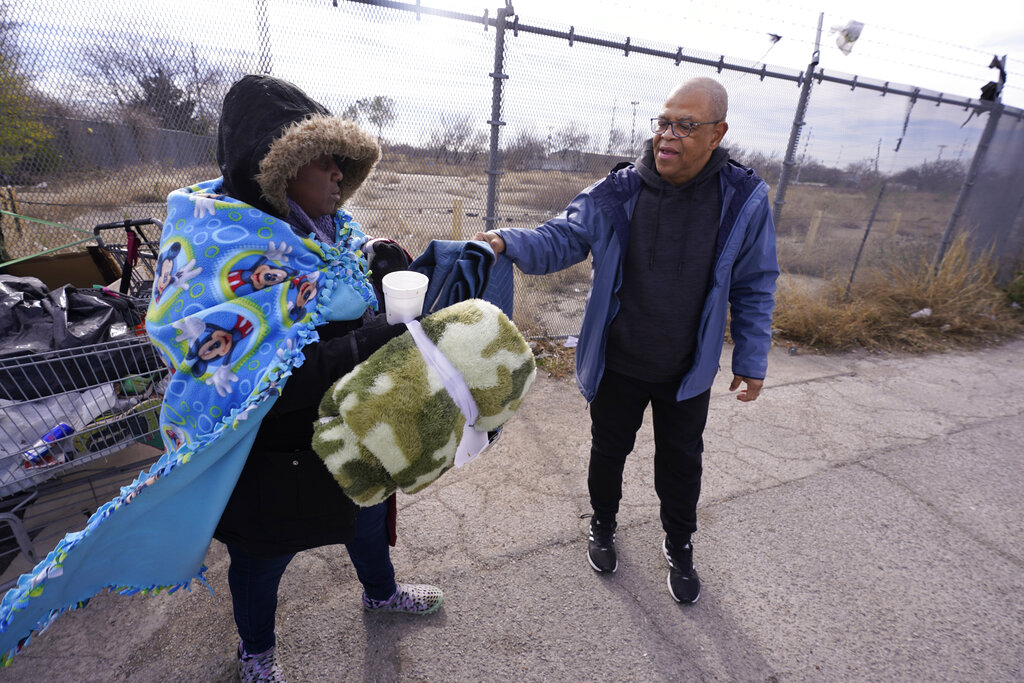While many scholars of the civil rights era have focused their attention on the larger than life heroes of the movement, one TCU historian has shifted his attention to the local people who worked on the front lines.
Dr. Max Krochmal said thinking of history from a top-down perspective, which examines characters such as leading generals and presidents, provides a limited scope.
“You can’t understand civil rights if you only look at it from the perspective of thepresident or even Dr. King,” said Krochmal. Krochmal examined how African Americans, Mexican Americans, organized labor, and the liberal movement of white reformers fought for civil rights in Texas in his newly released book, “Blue Texas: The Making of a Multicultural Democratic Coalition in the Civil Rights Era.”

He will be at the TCU Bookstore Monday evening for a book signing.
“My real focus was to try to pull out what really mattered in this unwieldy big story and figure out how to narrate four tales at once,” he said of the work that began with his dissertation.
“Blue Texas” explores how disagreement within communities shaped the strategy of multiracial coalition building. The groups had different goals as activists but worked together, forging human relationships in the process.
These groups eventually overthrew Jim Crow and Juan Crow while organizing voter education and registration campaigns.
The biggest takeaway, Krochmal said, is realizing that Texas’ timeless tradition of “cowboy conservatism” and big hair sits atop a “robust tradition of liberal, union and civil rights activism.” Krochmal said anyone who wants to carry that forward can draw on the traditions he explores in the book.
“Students or community members can feel more supported that they’re standing on the shoulders of tenacious and innovative activists of the past,” he said.
Krochmal said he wanted to understand why people participated in the civil rights movement and what their goals were.
“I’m trying to get to their voices and not think about them as a statistic,” he said. “I did my best to understand them on their own terms and follow their movements.”
“Blue Texas” is a narrative history. Krochmal said he presented historical figures as characters, but in a way readers can identify with while being accurate.
The book follows about a dozen key activists who organized within their communities and built bridges with other groups.
One challenge was building a narrative about people who haven’t been part of the public story. Moses Leroy, an African American from southeast Houston and a civil rights, union activist and survivor of the 1917 race riot at Camp Logan, is one of the activists in “Blue Texas.”

Krochmal found recorded interviews of Leroy and a small collection of his items that are preserved at the Houston Public Library.
One of the Krochmal’s favorite findings was a mass letter Leroy had written to his neighbors.
“It’s a rare moment in which you get to hear him speak,” said Krochmal.
The professor didn’t stay quiet in libraries for all of his research. He drove to the address of Leroy’s now abandoned Houston home and sat on the front porch, where in the 1980s a sociologist had interviewed Leroy and his wife.
“You try to see the physical spaces they inhabited and learn anything you can from that,” said Krochmal.
Krochmal’s narrative includes archived interviews, labor union records, records of local activities, newspapers and government documents.
“As a historian you are a detective of the past. Your job is to uncover every shred of evidence,” he said. Krochmal conducted interviews, visited dusty libraries all over Texas and traveled where the sources led him.
In the oral interviews, Krochmal said, he was steered to write a political history as well because people are telling him what mattered to them.
“What became clear was that civil rights wasn’t just about access or integrations, but also about economic issues, job opportunities and the push for independent political power.”






